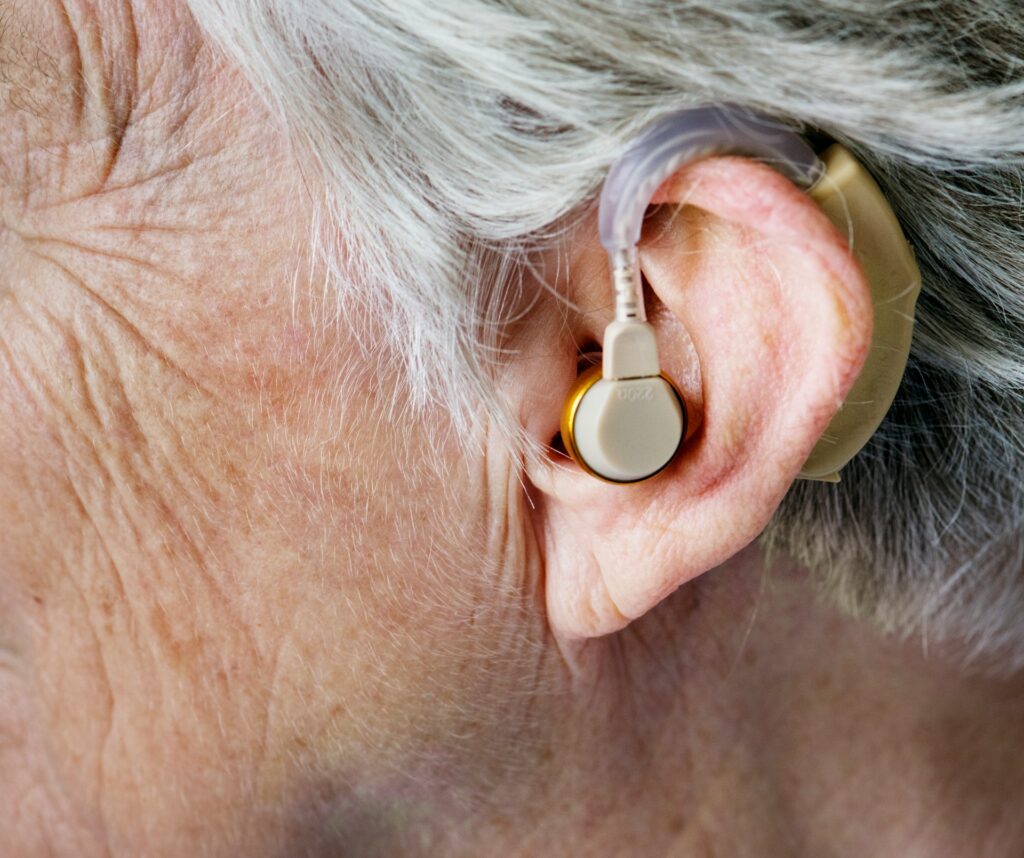Ever stood up quickly and felt the room spin around you? This dizzy spell is often linked to balance disorders. Balance issues can affect anyone and can cause sensations like vertigo, unsteadiness, or a feeling that the world is tilting. These symptoms can make daily activities challenging and impact one’s quality of life. It’s important to understand these disorders so that those who experience them know there are effective solutions to improve their well-being.
Balance disorders are more common than some might think, and they can stem from a variety of causes. Whether it’s an issue with the inner ear, a side effect of medication, or a head injury, recognizing these disorders can be the key to effective management. By understanding these conditions and the treatments available, individuals can take steps to reduce symptoms and regain control over their lives.
Common Types of Balance Disorders
1. Benign Paroxysmal Positional Vertigo (BPPV)
– Symptoms: Sudden spinning feelings when moving the head in certain positions.
– Triggers: Rolling over in bed or tilting the head back can set off these dizzy spells.
– Effective Treatments: Maneuvers that involve moving the head in specific ways to reposition the tiny particles in the inner ear.
2. Meniere’s Disease
– Symptoms: Episodes of vertigo, ringing in the ears, and hearing loss.
– Potential Causes: It’s thought to be related to a fluid imbalance in the inner ear.
– Available Treatments: Changes in diet, medication, and in some cases, surgery.
3. Labyrinthitis
– Symptoms: Dizziness, vertigo, and hearing loss, often occurring after a viral infection.
– Common Causes: Viral infections that lead to inflammation of the inner ear structures.
– Medical and Lifestyle Treatments: Rest, medication to reduce dizziness, and sometimes physical therapy to improve balance.
Understanding the details of these disorders helps in managing them effectively. Recognising the symptoms can prompt you to seek help sooner, and early intervention can prevent symptoms from worsening. It’s a bit like noticing a small pothole on your usual road and taking action right away to fix it before it causes more trouble. Balance disorders might be tricky, but with the right knowledge and approach, you can keep your journey smooth and steady.
Common Types of Balance Disorders (continued)
4. Vestibular Neuritis
– Symptoms: Sudden bouts of dizziness and vertigo, possible hearing loss or ringing in the ears.
– Causes: Often linked to viral infections that irritate the vestibular nerve, responsible for balance.
– Effective Treatments: Medications to relieve nausea and dizziness, and vestibular rehabilitation therapy to help the brain adjust to changes in balance signals.
5. Vestibular Migraine
– Symptoms: Dizziness, imbalance, and sensitivity to motion, often accompanied by severe headaches.
– Triggers: Stress, certain foods, or hormonal changes.
– Treatment Options: This can include lifestyle adjustments such as dietary changes and stress management, as well as medication designed to prevent migraines or relieve symptoms.
Understanding these disorders ensures that individuals can tackle them head-on, minimizing their impact. Just knowing what’s causing those dizzy spells can make a world of difference.
Solutions for Managing Balance Disorders
Dealing with balance issues doesn’t have to be overwhelming. There are a variety of strategies that can make managing these disorders more straightforward:
– Medication and Medical Treatments: Many balance disorders benefit from specific medications that target symptoms like dizziness and nausea. Consulting a health professional for appropriate medication can aid in reducing discomfort.
– Physical Therapy and Balance Retraining: Engaging in exercises designed to improve balance can significantly enhance stability. Physical therapists often work with patients to strengthen the body and enhance coordination, boosting confidence in everyday activities.
– Lifestyle Changes and Home Modifications: Simple changes at home can prevent accidents and make daily life easier. For example, ensuring good lighting and having sturdy handrails can assist those with balance difficulties.
Managing balance disorders involves a combination of medical advice, lifestyle adjustments, and supportive therapy. Taking proactive steps can make living with these conditions much more manageable.
Preventive Measures and Tips for Balance Health
Staying ahead with preventive measures is a smart move to keep balance issues at bay. Here are some steps that can help:
– Regular Hearing and Balance Check-Ups: Scheduling consistent check-ups can help detect issues early, allowing for timely management.
– Maintaining a Healthy Lifestyle: A balanced diet and regular physical activity keep the body strong and better equipped to handle minor ailments.
– Importance of Early Detection: Catching symptoms early can make treatment more effective. Seeking medical advice at the first sign of trouble can improve outcomes significantly.
Taking charge of one’s health with these practices ensures better balance health and reduces the risk of future problems.
Prioritise Your Balance Health
Living with balance disorders can be challenging, but understanding the types and solutions can empower individuals to take control. Regular health checks, exploring treatments, and making beneficial lifestyle choices are all within your grasp. Equip yourself with knowledge and solutions to enhance your daily comfort and mobility. Stay proactive and informed, leading to better overall well-being.
Understanding the various types of balance disorders and available treatments is the first step towards regaining control and improving your well-being. If you’re experiencing balance issues, Country Hearing Care offers expert guidance and support to help you find solutions. Contact Country Hearing Care today to discuss your concerns and explore personalized options for your balanced health.










